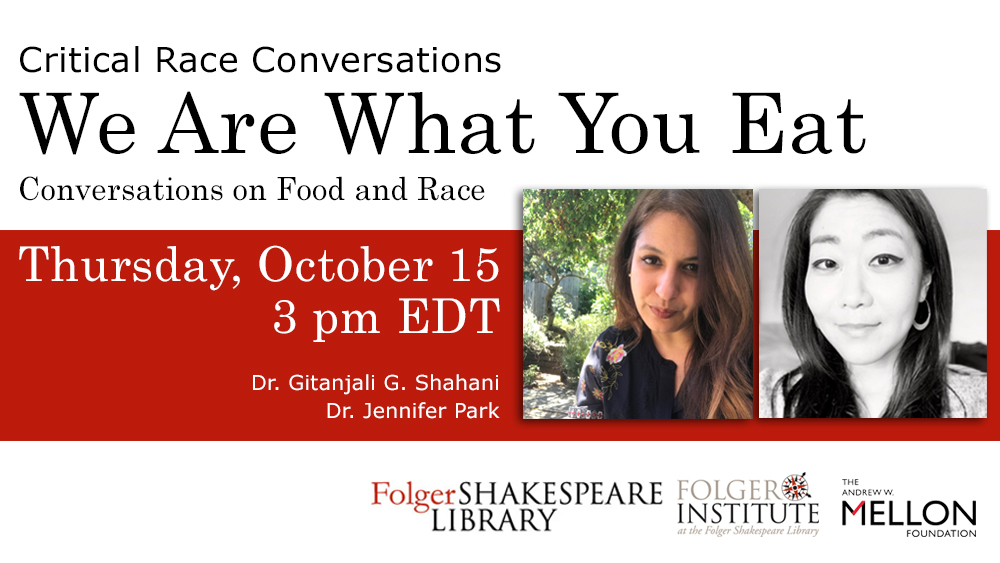Foodways
In the early modern British world, food took circuitous, diverse, and sometimes troubling pathways. It was transported around the globe. It was marketed, imagined, and eaten by rich and poor. It was made using exploitative and forced labor. At the center of this movement was the early modern kitchen: a place where the financial interests and means of homeowners were on display; a place for local and global produce; a place where free and enslaved cooks and servants worked, created, and innovated. Learn more about the twists and turns of early modern foodways.
British Manuscript Recipe Books


The Early Modern Elite British Kitchen
Early modern elite British kitchens, provisioned by global trade networks, were spaces for both food and medicine.
Download and read more…
Globalization and the Spice Trade



Critical Race Conversations
“We Are What You Eat”: Conversations on Food and Race. To map out the histories of everyday foodstuffs—sugar, spice, coffee, tea—is to map out the histories of race and colonialism.
Watch the conversation…
Colonization, Sugar, and Enslavement


